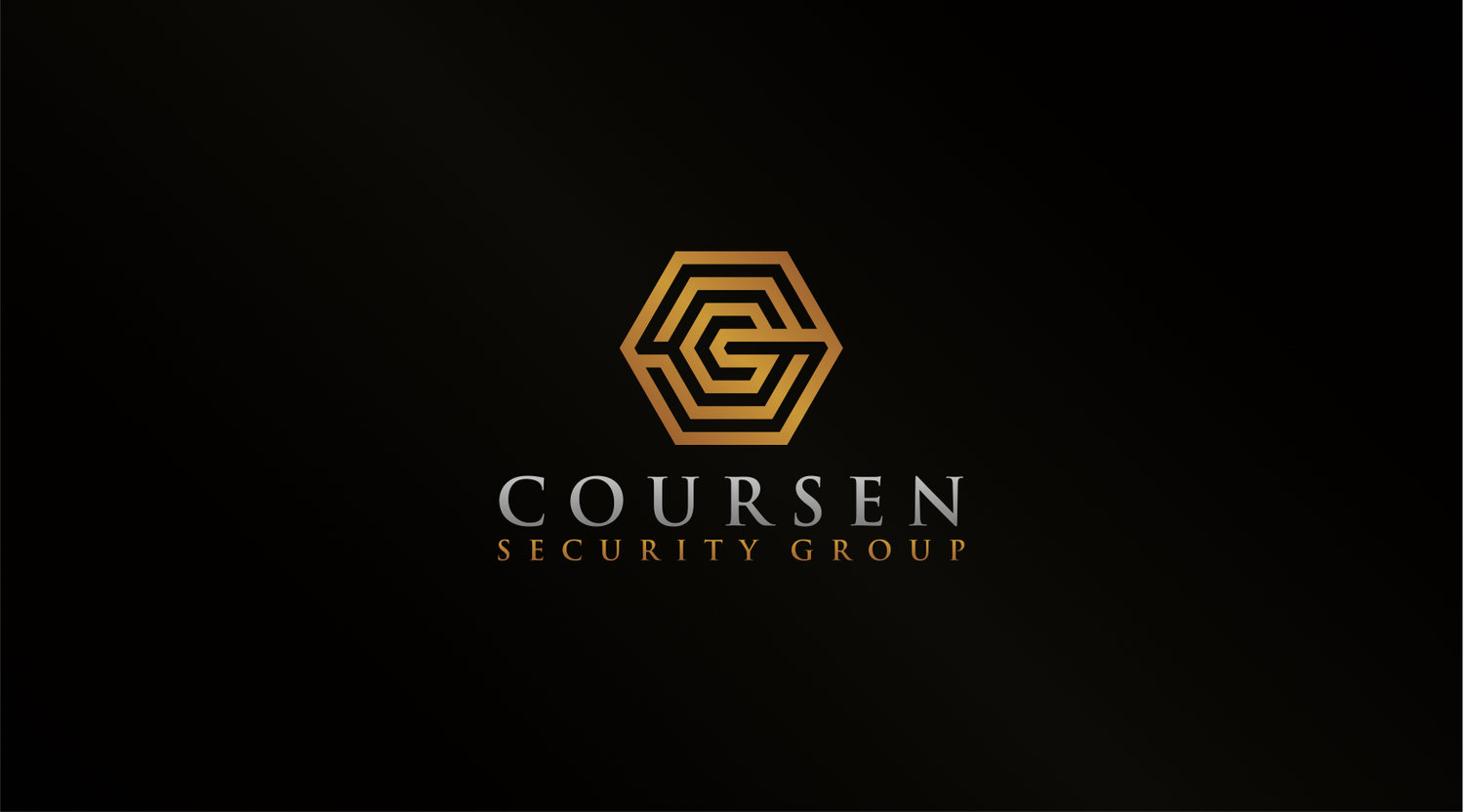- Spencer Coursen's Safety Made Simple – Daily Safety Tip
- Posts
- When Protection Becomes a Performance: The Hidden Risks Behind “Uber for Bodyguards”
When Protection Becomes a Performance: The Hidden Risks Behind “Uber for Bodyguards”
Because a badge and a gun do not a protector make.

“Your protection should lessen your liability, not raise your risk of litigation.” — Spencer Coursen
Fame, Even When Borrowed, Can Be Very Dangerous
A recent New York Post article chronicled a writer’s night out using Protector, an on-demand security app that promises the celebrity experience — bodyguards, SUVs, and all. What started as novelty quickly spiraled into a 15-minute car chase through Manhattan, ending at an NYPD precinct.
The story offers more than entertainment. It’s a case study in how the appearance of security can actually increase exposure, liability, and risk when not managed with professional precision.

Attention Should Never Be the Accessory
A protection team’s purpose is to decrease visibility, not amplify it.
When a security detail becomes the spectacle — moving crowds, surrounding the principal, and drawing stares — they shift from protector to performer.
“True protection is felt, not flaunted.”
The goal of protective intelligence is to reduce signatures, manage attention, and blend into the background. Any team that increases your exposure is compromising your safety.
Even if your team is made up of off-duty police officers, they have no legal authority to push, block, or “gently move” people.
Touching someone without consent, no matter the intent, meets the legal definition of assault, and that liability can extend to the client who hired them.
“Your protection should lessen your liability, not raise your risk of litigation.”
In the private sector, restraint and discretion are tenets of the protector profession.
Every Move Should Be Pre-Planned
When the Protector team noticed they were being followed, they reacted instead of responding.
A trained security professional would have executed a surveillance detection route — a pre-planned series of turns, checkpoints, and contingencies designed to confirm surveillance and create controlled separation.
“If you don’t plan your exits, chaos will plan them for you.”
Protection without planning isn’t protection — it’s performance under pressure.
The Legal Gray Zone of Armed “Off-Duty” Details
The article mentions the bodyguards were armed, off-duty, NYPD officers. That’s not just a casual mention. That’s a legal minefield.
When an officer uses their badge or firearm in the private sector, they lose the protections of their public authority. Their actions, and by extension their client’s, can become grounds for both civil and criminal liability.
“A badge and a gun do not a protector make.”
Without proper licensing, insurance, and operational oversight, armed protection in New York City isn’t elite — it’s exposed.
Firearms Are the Last Resort, Not the First Line of Defense
Despite what Hollywood would have you believe, a protector’s most valuable tool is not a weapon, it’s foresight.
If a protector notices a threat with enough time to draw, aim, and fire their weapon, they have enough time to cover and evacuate their principal to safety. A competent protector prevents escalation; they don’t contribute to it.
“The most effective protectors are masters of prevention and de-escalation.”
Violence averted is always the greater victory.
The Legal Red Flags Behind the App
The Protector app itself has drawn serious regulatory scrutiny:
Operating Without Proper Licensing — It launched in Los Angeles without a Private Patrol Operator license, violating California law.
Liability Waivers — Users must waive the company of responsibility for any misconduct by its armed guards — a clause unlikely to withstand litigation.
Questionable Vetting — Reports surfaced of officers with misconduct histories moonlighting for the platform.
Regulatory Gray Area — The model straddles undefined boundaries between transportation, private security, and law enforcement.
Potential for Misuse — Civil liberties groups warn it could be abused for stalking or harassment.
What looks like innovation is, in reality, an unregulated experiment with public safety.
Bottom Line:
The Protector app promised to make anyone feel famous.
But real protection isn’t about feeling important — it’s about staying safe, unseen, and unscathed.
Because when security becomes a show, everyone ends up on stage — including the threat.
5 Ways to Vet a Private Security Detail
Confirm Licensing and Insurance:
Ask to see state security licenses, liability coverage, and firearms authorizations. No exceptions.Assess Training Standards:
A real professional has ongoing education in defensive tactics, medical response, and protective intelligence.Request a Written Scope of Work:
Define duties, boundaries, and escalation protocols before anyone steps on post.Establish Communication Protocols:
Every member of the team should know how and when to report incidents.Prioritize Discretion Over Drama:
The best protection is quiet competence. If your team looks like a parade, you’ve hired performers, not professionals.
Disagree with anything? Hit reply—I always read your responses.
Live Smart. Stay Safe.
Did you find this helpful? Why not share it with a friend? You never know when one small shift in awareness could help keep them safe, too.
Were you sent this from a friend? Consider subscribing to learn my tips and tricks to help you protect what matters most.

